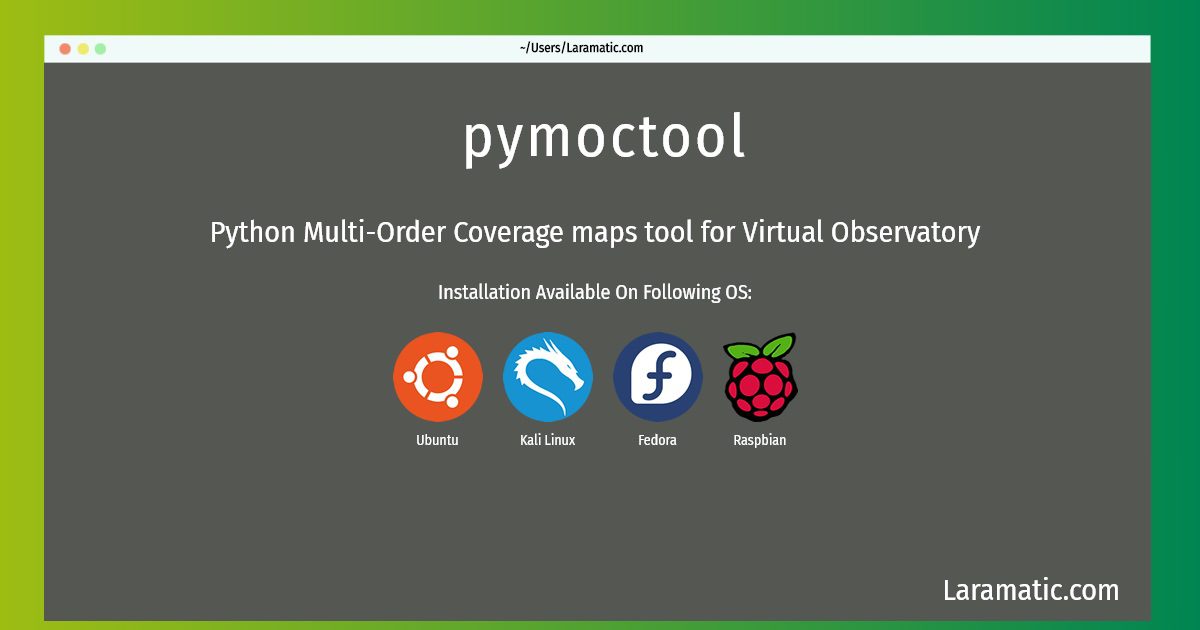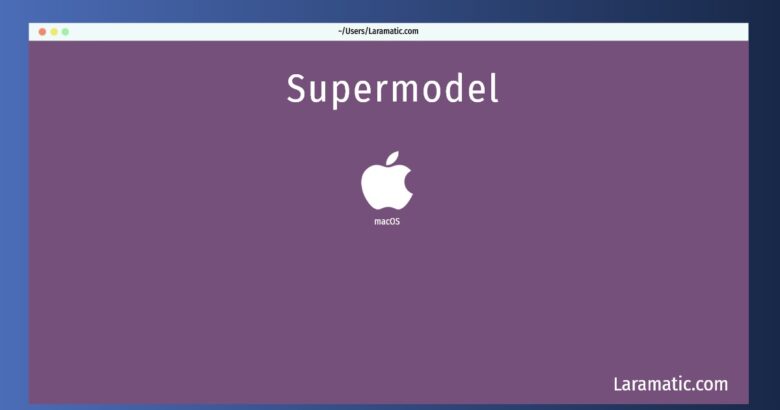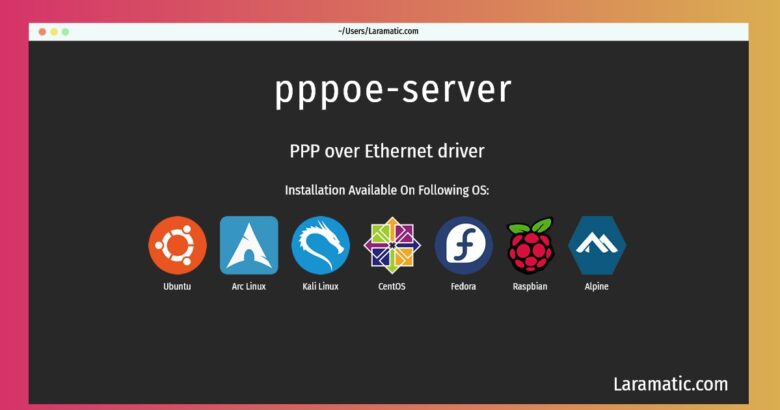Pymoctool Installation On A Debian, Ubuntu, Kali, Fedora And Raspbian
Install pymoctool
-
Debian
apt-get install pymoctoolClick to copy -
Ubuntu
apt-get install pymoctoolClick to copy -
Kali Linux
apt-get install pymoctoolClick to copy -
Fedora
dnf install pymoctoolClick to copy -
Raspbian
apt-get install pymoctoolClick to copy
pymoctool
Python Multi-Order Coverage maps tool for Virtual Observatory'pymoctool' is a command-line Python-based library for manipulating Multi-Order Coverage maps (MOCs). Frequently astronomical survey catalogues or images are sparse and cover only a small part of the sky. In a Multi-Order Coverage map the extent of data in a particular dataset is cached as a pre-calculated mask image. The hierarchical nature enables fast boolean operations in image space, without needing to perform complex geometrical calculations. Services such as VizieR generally offer the MOC masks, allowing a faster experience in graphical applications such as Aladin, or for researchers quickly needing to locate which datasets may contain overlapping coverage. The MOC mask image itself is tessellated and stored in NASA HealPix format, encoded inside a FITS image container. Using the HealPix (Hierarchical Equal Area isoLatitude Pixelization) tessellation method ensures that more precision (pixels) in the mask are available when describing complex shapes such as approximating survey or polygon edges, while only needing to store a single big cell/pixel when an coverage is either completely inside, or outside of the mask. Catalogues can be rendered on the mask as circles. It is written in Python 2/3 and uses the PyMOC library.
python3-pymoc
Python 3 Multi-Order Coverage maps for Virtual ObservatoryPyMOC provides a Python 3-compatible library for handling MOCs. Frequently astronomical survey catalogues or images are sparse and cover only a small part of the sky. In a Multi-Order Coverage map the extent of data in a particular dataset is cached as a pre-calculated mask image. The hierarchical nature enables fast boolean operations in image space, without needing to perform complex geometrical calculations. Services such as VizieR generally offer the MOC masks, allowing a faster experience in graphical applications such as Aladin, or for researchers quickly needing to locate which datasets may contain overlapping coverage. The MOC mask image itself is tessellated and stored in NASA HealPix format, encoded inside a FITS image container. Using the HealPix (Hierarchical Equal Area isoLatitude Pixelization) tessellation method ensures that more precision (pixels) in the mask are available when describing complex shapes such as approximating survey or polygon edges, while only needing to store a single big cell/pixel when an coverage is either completely inside, or outside of the mask. Catalogues can be rendered on the mask as circles.







